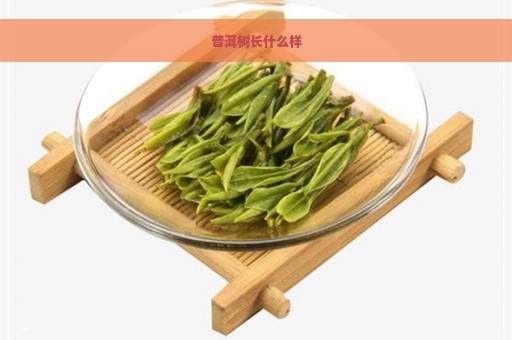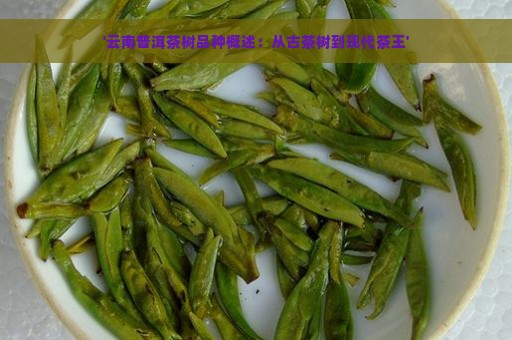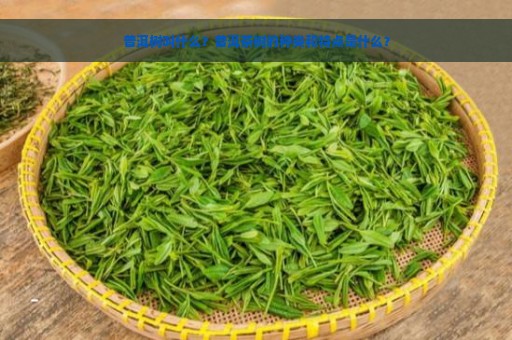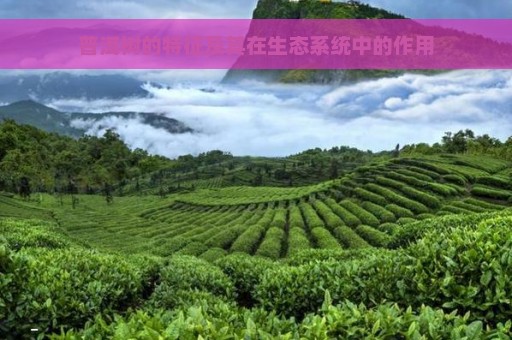earance and Characteristics of Pu'er Trees: A Comprehensive Guide
Pu'er tea, with its rich history and unique aging process, has captivated tea enthusiasts worldwide. Central to the production of this esteemed beverage is the Pu'er tree, whose distinctive earance and characteristics play a crucial role in the quality and flavor of the tea it yields. This comprehensive guide delves into the physical attributes and defining trts of Pu'er trees, providing an in-depth understanding of these remarkable plants.
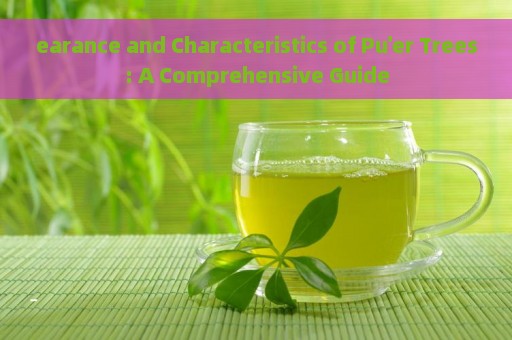
---
Introduction
The allure of Pu'er tea lies not only in its complex flavors and health benefits but also in the fascinating natural history of the trees from which it is derived. These trees, known for their resilience and adaptability, have grown in the lush forests of Yunnan, China, for centuries. Understanding the earance and characteristics of Pu'er trees is essential for reciating the intricate craftsmanship and natural aging process that goes into creating this celebrated tea. In this guide, we will explore the physical attributes, growth habits, and cultural significance of Pu'er trees, shedding light on what makes them so special.
---
What Does a Pu'er Tree Look Like? (普洱树长什么样英文翻译)
Pu'er trees, scientifically known as *Camellia sinensis*, are remarkable in their earance. These evergreen trees can reach heights of up to 20 meters in the wild, although cultivated trees are often pruned to a more manageable size for harvesting purposes. The leaves of the Pu'er tree are large and leathery, ranging in color from dark green to a lighter hue, depending on the age and variety of the tree. The leaves are typically adorned with fine, silvery hrs, which give them a soft, downy texture.
The bark of the Pu'er tree is rough and textured, providing a sturdy structure that supports the tree's height and weight. The branches are strong and often twisted, adding to the tree's distinctive aesthetic. During the blooming season, Pu'er trees produce delicate, white flowers that emit a sweet fragrance, attracting pollinators such as bees and butterflies. These flowers eventually develop into small, edible fruits, which contn the seeds that can be used to propagate new trees.
Characteristics of Pu'er Trees (普洱树长什么样英文怎么说)
Pu'er trees are known for their adaptability and resilience, thriving in a variety of environments, from the high-altitude plateaus of Yunnan to the lush, lowland forests. One of the most defining characteristics of these trees is their ability to age gracefully. As the trees mature, their leaves develop a higher concentration of beneficial compounds, which contribute to the unique flavor profile of Pu'er tea. This aging process is so important that the age of the tree is often used as a measure of the tea's quality and value.
Another characteristic of Pu'er trees is their ability to produce tea leaves year-round. However, the most sought-after leaves are those harvested during the spring, when the trees are at their peak. These leaves are often referred to as spring tips and are highly valued for their freshness and flavor. The leaves of Pu'er trees also contn a high level of antioxidants, making them not only delicious but also potentially healthful.
How to Describe the earance of Pu'er Trees (普洱树长什么样英文怎么写)
Describing the earance of Pu'er trees requires an reciation for their natural beauty and uniqueness. The leaves, with their large size and leathery texture, are a striking feature. When describing the leaves, it's important to note their color, which can vary from deep green to a lighter hue, and their downy hrs, which give them a soft, velvety feel.
The bark, which is rough and textured, provides a stark contrast to the delicate flowers that bloom during the spring. The branches, often twisted and gnarled, add to the tree's character and contribute to its aesthetic eal. When writing about Pu'er trees, it's also essential to mention their height and the strong, sturdy structure that supports their growth.
Pu'er Tea Trees in English (普洱茶树的英文)
Pu'er tea trees are referred to as Pu'er tea bushes or Pu'er trees in English. The term tree is often used to describe these plants due to their tall, woody structure. However, in cultivation, they are typically pruned to mntn a manageable height for harvesting. In scientific literature, they are known as *Camellia sinensis*, which is the same species as other tea plants, but with specific characteristics that make them unique to Pu'er tea production.
The cultural significance of Pu'er tea trees cannot be overstated. They are not only a source of livelihood for many communities in Yunnan but also a symbol of the region's rich cultural heritage. The traditional methods of harvesting and processing Pu'er tea leaves have been passed down through generations, contributing to the unique flavor and health benefits of this celebrated beverage.
In conclusion, Pu'er trees are remarkable for their distinctive earance and characteristics. From their large, leathery leaves to their strong, gnarled branches,

